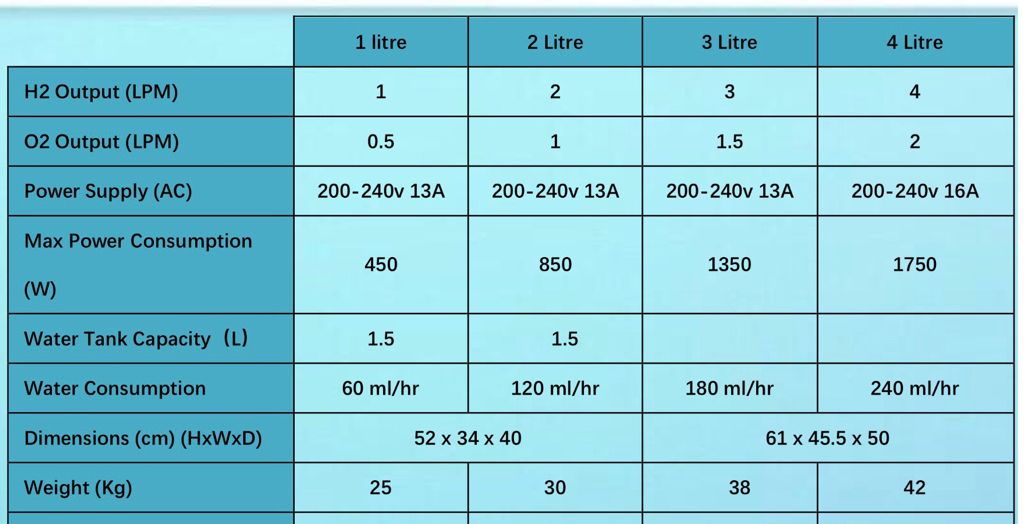Some perhaps useful (or not) insights to the chemistry of using fuels such as hydrogen and propane fuels.
If you have propane stored inside a domestic situation (and likely even in a garage or workshop on the property) and there is an explosion and/or fire, your household insurance is likely to default. It should only be stored in special buildings, with vents at ground level, or outside.
Only butane bottles can be stored inside a house – like portable gas fires, etc – and propane should only be fed to things like cookers from ouside the building. All this is part of the Gas Regulations, so it may well be illegal to have a propane bottle inside a house, unless the risks are covered by a tradesperson’s liability insurance.
Water, when electrolysed, provides the perfect ratio of 2 volumes of hydrogen to one volume of oxygen which are required to convert those gases back to water without any surplus oxygen or hydrogen. It is called a stoichiometric mixture and provides the biggest bang. Over-charging a lead acid battery can create a good explosive mixture, too
A friend was charging an old battery and doing either some electric welding or angle grinding too close to the battery when his old battery exploded, showering him with (luckily) dilute sulphuric acid. He was alright (helmeted, or at least goggled, but his overalls were never the same!) It is the same way that some motorists have found out that they should connect to a jump-start battery in the proper order and place.
When I refined precious metals we often reduced precious metal compounds to metal sponge with hydrogen. The simple way was an excess of hydrogen and set fire to it as it leaked from the reaction vessel. No problem at all!
Any suitable reactive metal will produce hydogen when reacted together, and the reactive alkali metals will prduce hydrogen when reacted with water.
Some may remember that sodium produced a yellow flame, but only if the lump of sodium became trapped and hot enough to set fire to the hydrogen. Potassium reacted strongly enough to always prduce a lilac flame at the surface of the water. Do it in a glass vessel wit Caesium and the glass vessel will be destroyed. All simple chemical reactions.
I expect the bullfinch torch uses separate sources of fuel and oxidant or uses a lot of electricity to electrolyse water, then mixes them and burns the two back to water.
I use a surface mix burner when melting glass with an oxy-propane torch. I produce my oxygen by ‘molecular sieving’ and thereby separating the nitrogen from the rest (the oxygen produced is at best about 98% pure because of the other components in the atmosphere, down to about 88% if the machine is run flat out.)
My oxycon cost me about 150 quid when I bought it.
H O H generators claimed to be able to enhance car engines are a bit of a sales-hype myth. There is never a 100% useful energy conversion and there is no such thing as a ‘free lunch’ where energy conversion is concerned.
vintagengineer.







